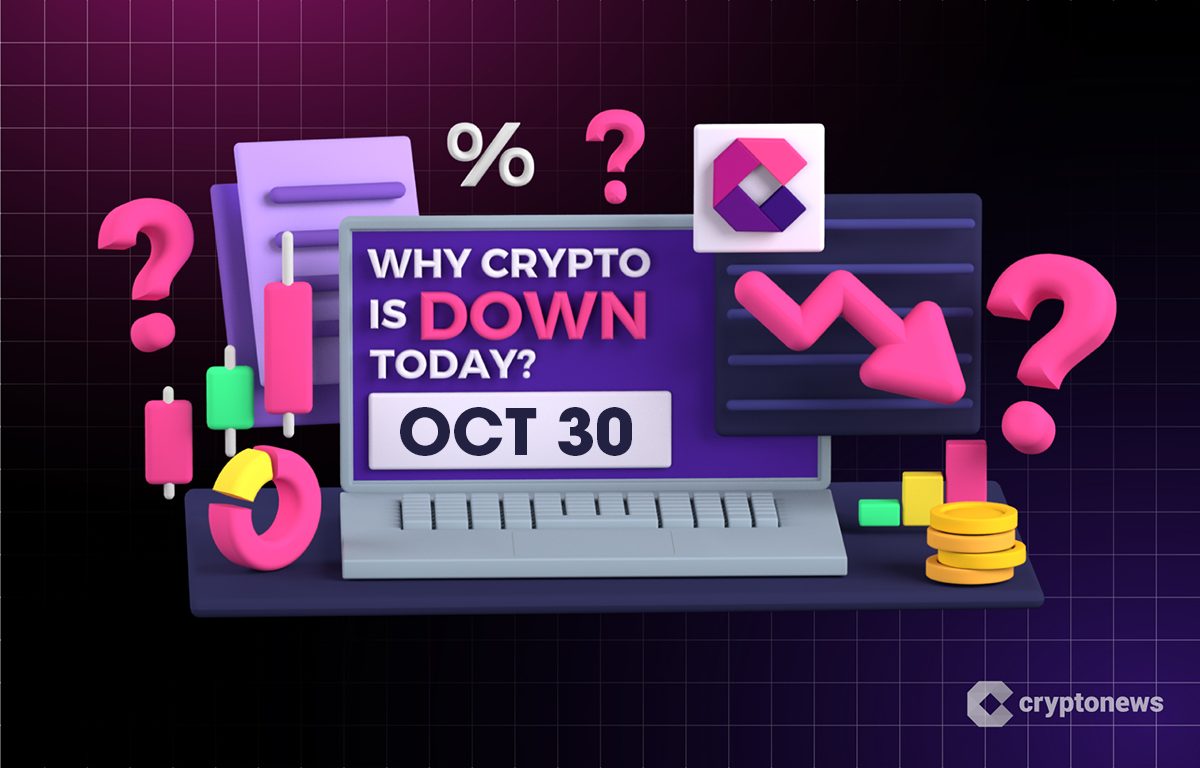Key Notes
- HBAR rose 7% to $0.2094 while Bitcoin briefly slumped to $108K.
- The Canary HBAR ETF attracted $2.2 million in inflows on day two of trading.
- Hedera leads all Layer-1 blockchains except Ethereum in developer activity.
While most of the crypto market bled from Bitcoin’s
BTC
$109 876
24h volatility:
2.9%
Market cap:
$2.19 T
Vol. 24h:
$74.70 B
brief drop to $108,000, Hedera’s native token, HBAR, defied the pullback with a 7% price surge. Trading at $0.2094, HBAR
HBAR
$0.20
24h volatility:
3.0%
Market cap:
$8.64 B
Vol. 24h:
$709.91 M
now boasts a market capitalization of $8.8 billion and saw an 8.59% spike in 24-hour trading volume to nearly $800 million.
The rally coincided with the debut of the Canary HBAR ETF, which drew $2.2 million in inflows on its second day of trading, making Hedera the next big crypto to explode.
Canary’s HBAR ETF Gains Momentum
On Oct. 28, Canary Capital launched the Canary Litecoin ETF (LTCC) and the Canary HBAR ETF (HBR) on Nasdaq. Although the HBAR ETF saw no inflows on its first trading day, investors quickly followed, with $2.2 million flowing in on day two, according to SoSoValue.
The Litecoin ETF attracted a modest $485,810. The listing made HBAR the third cryptocurrency, after Bitcoin and Ethereum, to have its own spot ETF.
The Hedera Foundation described the launch as a watershed moment for institutional adoption, adding that it validates years of development focused on regulatory compliance and enterprise-grade infrastructure.
The foundation stated that Hedera’s architecture was built from the ground up for mission-critical, enterprise, and institutional applications, avoiding the regulatory grey zones other projects often exploit.
Hedera Is Institution-Focused
The foundation revealed that beyond the Canary HBAR ETF, 12 additional ETFs referencing Hedera are currently filed, including those from major firms like Grayscale, T. Rowe Price, KraneShares, and ProShares.
This increasing institutional interest is not just ETF-related. The network recently surpassed all other Layer-1 blockchains except Ethereum in terms of monthly active developers, a signal of its rising traction among builders.
“From day one the network was designed to be regulatory compliant and architected from the ground up to host mission critical enterprise and institutional-grade use cases,” claimed the Foundation.
Verifiable Governance for AI Agents Drives Momentum
Another catalyst for HBAR’s surge is the debut of Verifiable Governance and Sovereignty for AI agents, a collaborative effort between Hedera, EQTY Lab, Accenture, and NVIDIA.
The system integrates Hedera’s blockchain infrastructure with EQTY Lab’s AI Guardian to ensure transparent, verifiable, and compliant operations for AI agentic systems.
The solution, showcased at NVIDIA’s GTC in Washington D.C., provides government agencies and enterprises with tools for encrypted attestations, on-chain governance, and regulatory compliance.
By anchoring attestations to the Hedera Consensus Service, organizations can now validate the trustworthiness and auditability of AI workflows in real time. The system runs on NVIDIA DGX Cloud and was developed in partnership with Accenture.
next
Disclaimer: Coinspeaker is committed to providing unbiased and transparent reporting. This article aims to deliver accurate and timely information but should not be taken as financial or investment advice. Since market conditions can change rapidly, we encourage you to verify information on your own and consult with a professional before making any decisions based on this content.
A crypto journalist with over 5 years of experience in the industry, Parth has worked with major media outlets in the crypto and finance world, gathering experience and expertise in the space after surviving bear and bull markets over the years. Parth is also an author of 4 self-published books.
Parth Dubey on LinkedIn
Source: https://www.coinspeaker.com/hbar-price-up-7-heres-why-hedera-is-defying-crypto-crash/


